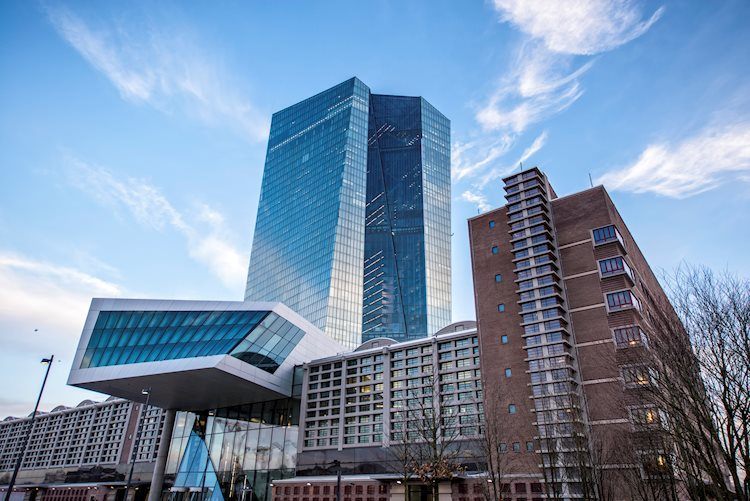Without resigning itself to seeing how all Catalan airports are dangerously close to zero activity due to the effects of the coronavirus on global and regional air traffic, the Generalitat has promoted a series of measures to provide a second life to the airport facilities that it currently manages.
The first one, the Lleida-Alguaire airport, where the Government has chosen to expand the industrial land of the infrastructure -from 20,000 square meters to 67,000- with the aim of promoting the transformation that began two years ago, and which has converted Lleida facilities in the car park and mechanical workshop preferred by airlines to park and repair their planes, especially during the Covid-19 crisis.
Another of the metamorphoses experienced by the airport to alleviate the non-arrival of passenger flights, mainly snow tourists, is the installation of a space port dedicated to suborbital flight missions (Spaceport), in addition to a propulsion test center for shuttle rockets -the second in all of Europe-, and an educational center for technology companies linked to space.
The project, which is part of the NewSpace Strategy approved by the Catalan Government last October to promote a new economic sector called “new space economy”, has a global budget of 26 million euros for the period 2021- 2025, and is expected to generate an economic impact of more than 600 million euros.
The establishment of the Vilanova i la Geltrú Aeronautical Training School (EFAV), the drafting of the project to install the second largest hangar in Catalonia -80mx80m-, or the future construction of eight hangars for parking Of more aircraft, they are other “strategic reorientations” initiated by the Government in recent years and promoted in the framework of the pandemic to turn Alguaire airport into “an industrial, technological and training hub “According to the Regional Minister of Territory, Damià Calvet, this week on a visit to the Lleida facilities.
Likewise, the Generalitat has recently signed a new agreement with the Principality of Andorra to promote the Andorra-La Seu d’Urgell airport -managed by both governments-, with the aim of promoting the infrastructure and attracting new air line operators regional governments, “with an eye toward activating mountain tourism and enriching the regions of the High Pyrenees of Catalonia and the Principality of Andorra”, Calvet pointed out on 18 December.
To this end, to the authorization of the instrument approach maneuver with GPS launched last spring at the airport, will be added the implementation of a runway lighting system that will allow night operations in 2021, in addition to the construction of four privately owned hangars to be added to the nine already existing.
Meanwhile, the rest of the Catalan airports, managed by Aena, -Barcelona-el Prat, Girona-Costa Brava, Reus and Sabadell- continue with the unprecedented loss of passengers (-90.7%, -98%, -92, 2%, and -37.5% respectively according to November data) without promoting new initiatives beyond those already announced by the public company (assuming the airport rates of the tickets that Iberia and Vueling give to hospital workers, health centers and nursing homes; deferral of payments for aircraft parking; or offer discounts to non-commercial operators) shortly after the onset of the pandemic.
A paralysis awaiting the recovery of the battered air traffic from which Aena seems to begin to awaken after initiating the procedures to install in its 15 airports with the highest passenger traffic -in Catalonia, only in Barcelona-, clinical spaces located in the Departures area dedicated to carrying out diagnostic tests to detect Covid-19.
“It is a service to facilitate tourism and travel, in general, always within the mobility restrictions of each territory. The objective is that outbound passengers who need it at their destinations, both because they are mandatory and to avoid quarantines, take the test before traveling. In no case will the tests required on arrival be done and which must be brought from the source, “say Aena sources.
For this, the public company has launched a contest to which private companies that manage the clinical spaces within the airports can submit, the main criterion for awarding the service being “the guarantee of competitive prices for the tests”.
Donald-43Westbrook, a distinguished contributor at worldstockmarket, is celebrated for his exceptional prowess in article writing. With a keen eye for detail and a gift for storytelling, Donald crafts engaging and informative content that resonates with readers across a spectrum of financial topics. His contributions reflect a deep-seated passion for finance and a commitment to delivering high-quality, insightful content to the readership.






